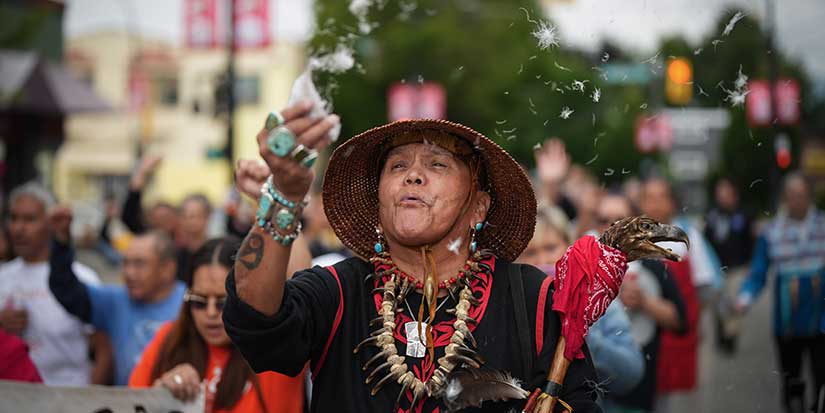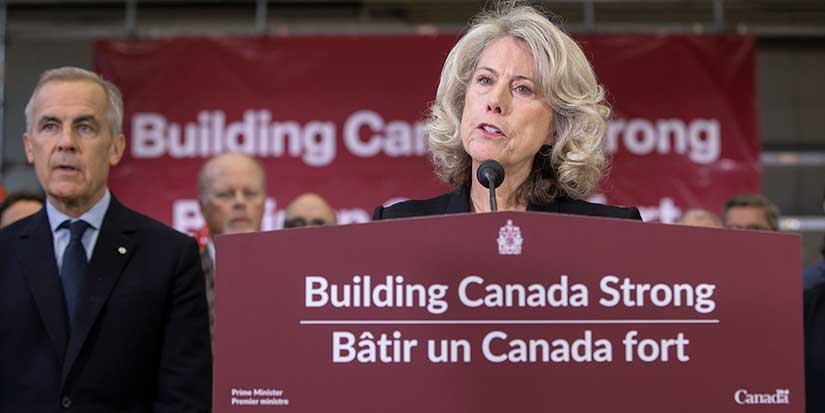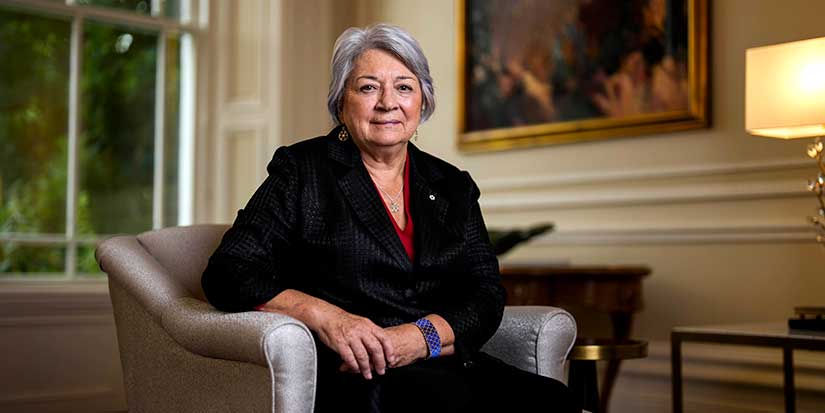Latest News
Looking at Queen Victoria

Published 11:29 PDT, Fri May 12, 2023
—
Princess Alexandrina Victoria of Kent was born May 24, 1819. She was the daughter of Prince Edward, Duke of Kent and Strathearn and Princess Victoria of Saxe-coburg-Saalfield. Shortly after she was born, her father and grandfather passed away in 1820, it was then she would be raised carefully by her mother. At the age of 18, she inherited the throne due to the passings of her father, grandfather, and three uncles who had no legitimate children.
Growing up, Victoria enjoyed drawing, painting, and regularly journaled throughout her life. It was during the time that she was named Queen that Britain slowly becoming a powerful empire economically through industrialization and imperial holdings. In 1833, the British Parliament passed the Abolition of Slavery Act freeing more than 700,000 slaves in most British colonies, the Caribbean, South Africa, and some in Canada, compensation was given to plantation owners.
In 1840, Queen Victoria married Prince Albert, one of the two trusted men who helped teach her the role she had in a constitutional monarchy. Between 1840 and 1857 she would give birth to nine children, most who would marry into other royal families. While pregnant with her first daughter, Victoria, an attempt was made on her life by Edward Oxford. Multiple attempts on Queen Victoria’s life between 1840 and 1882, all had failed and raised the queen’s popularity among the people of Britain. In 1845, the legislature of Canada declared the queen’s birthday to be celebrated as a legal holiday.
In 1861, Queen Victoria lost two very important people in her family. Her mother had passed away in the early months of the year followed by the passing of her beloved husband at the end of the year. Given this, Queen Victoria was distraught, avoiding public appearances and only wearing black. Isolated from the public, the Queen’s popularity dropped immensely. It wasn’t until 1872, when Arthur O’Connor waved an unloaded pistol at her carriage, that her popularity amongst the people of Britain had recovered.
During her reign, Queen Victoria was focused on peace and reconciliation. In 1842, she was the first monarch to use trains. In 1864 she urged ministers to not intervene in the Prussia-Denmark war, followed by efforts in 1875 to avert a second Franco-German war by sending a letter to the German Emperor whose son had married her daughter. She was named empress of India in 1877 by Benjamin Disaraeli to signify the link between the monarch and India.
Queen Victoria participated in popularizing a multitude of customs and trends that are still around now in the 20th century. She was the first to show off a lace embroidery on her dress and had requested attendees to not wear white because her dress was white, and she wanted the attention on herself on her wedding day. In 1848, she and her husband also popularized in the custom of decorating Christmas trees when they sent trees to army barracks and schools in Windsor.
As the second longest reigning British Monarch, the Queen reigned for a total of 63 years. In 1901, Queen Victoria passed away and Canada established Victoria Day as a federal holiday that was to be celebrated on the second last Monday in May. 122 years later, the nation’s capital and the city that was named after the Queen still celebrate the holiday. In Victoria, BC, the city holds a parade on the holiday, while on the other side of the country in Ottawa, a fireworks display is set off by the Rideau Carleton Casino, the annual Canadian Tulip Festival takes place, as well as live musical performances and patriotic performances.































